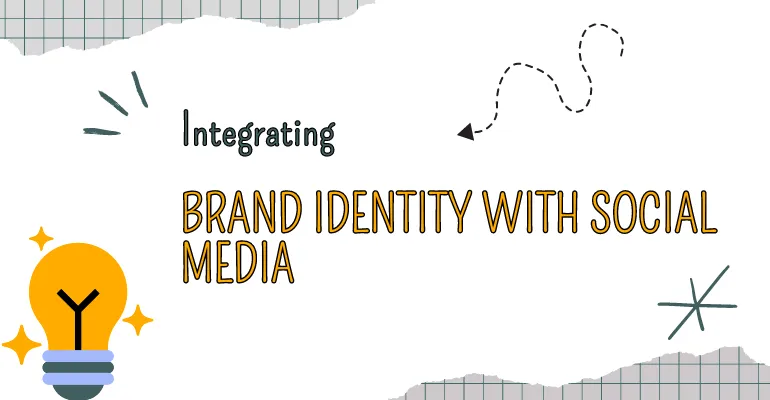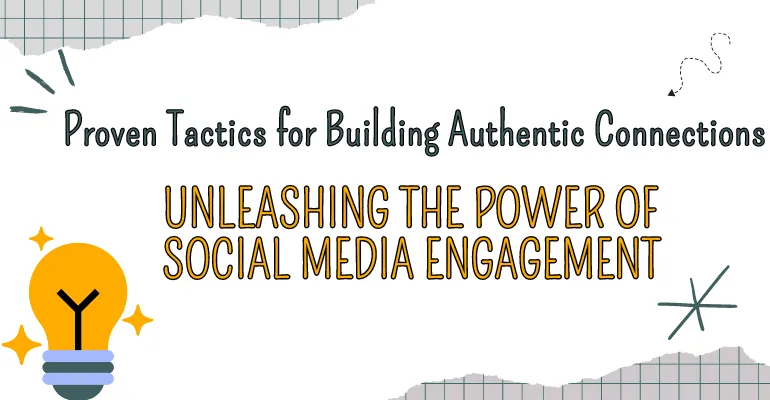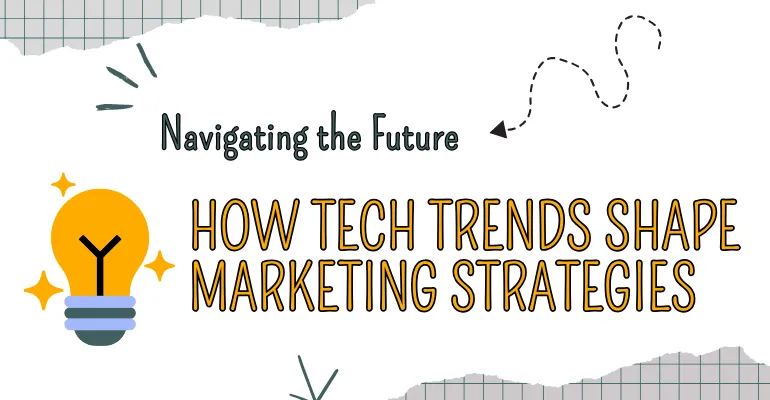How to Build an Effective Digital Marketing Strategy for Your UAE Business
Introduction:
In the UAE’s rapidly evolving market, having an effective digital marketing strategy is no longer a luxury—it’s a necessity. With a digitally savvy population and a growing trend towards online shopping and services, businesses must embrace digital marketing to stay competitive. But where do you begin? How can you craft a strategy that resonates with your target audience and achieves your business goals? In this post, we’ll guide you through the steps to create a digital marketing strategy that drives success in the UAE.
Step 1: Understand Your Audience
The first step to any effective digital marketing strategy is knowing your audience. In the UAE, the consumer landscape is diverse, consisting of both residents and tourists from around the world. To connect with your audience, you need to understand their needs, preferences, and behaviors. Start by conducting market research—use surveys, customer feedback, and social media analytics to gather insights. This information will help you create customer personas, which are representations of your ideal customers based on real data. These personas will guide your content creation, messaging, and marketing channels, ensuring you’re speaking directly to the people who are most likely to convert.
Step 2: Set Clear, Measurable Goals
Before diving into digital marketing tactics, it’s essential to set clear and measurable goals. Whether it’s increasing website traffic, growing your social media following, or boosting sales, your goals should align with your overall business objectives. For example, if you own a local restaurant, your goal might be to increase online reservations through your website or food delivery apps. Make sure your goals are SMART—specific, measurable, achievable, relevant, and time-bound. This ensures that you can track your progress and make adjustments if necessary.
Step 3: Choose the Right Digital Channels
With so many digital marketing channels available, it can be overwhelming to know where to invest your time and resources. Start by identifying the channels that best align with your audience’s behavior. For example, social media platforms like Instagram, Facebook, and TikTok are incredibly popular in the UAE and are ideal for visual content, influencer collaborations, and targeted ads. If you’re targeting professionals, LinkedIn might be a more effective platform for B2B marketing. Don’t forget about search engine optimization (SEO) and email marketing. A strong SEO strategy will help you rank higher on search engines, while email marketing is a powerful tool for nurturing leads and converting them into customers.
Step 4: Develop Compelling Content
Content is at the heart of any successful digital marketing strategy. In the UAE, consumers are looking for more than just a product—they want to connect with a brand on an emotional level. Creating high-quality, engaging content will help you build that connection. Whether it’s blog posts, videos, infographics, or social media posts, your content should address your audience’s pain points, provide value, and align with your brand’s voice. In the UAE’s multicultural market, it’s also crucial to ensure your content is localized, taking into account the cultural nuances and preferences of your target demographic.
Step 5: Invest in Paid Advertising
Paid advertising is an excellent way to accelerate your digital marketing efforts and drive immediate results. Platforms like Google Ads, Facebook Ads, and Instagram Ads allow you to target specific demographics based on factors like location, age, interests, and behavior. In the UAE, where consumers are highly engaged online, paid ads can significantly increase your visibility and help you reach the right audience. However, it’s essential to optimize your campaigns continuously to ensure you’re getting the best return on investment (ROI). Analyze performance metrics, adjust targeting, and tweak your ad creatives to improve results over time.
Step 6: Measure and Optimize Your Efforts
A successful digital marketing strategy is an ongoing process of testing, analyzing, and optimizing. Use analytics tools like Google Analytics, Facebook Insights, and Instagram Insights to track your performance. Are you reaching your goals? Which channels and content are driving the most traffic and conversions? Use this data to adjust your strategy, refine your targeting, and improve your campaigns. In the fast-paced digital world, being flexible and adapting to change is key to staying ahead of the competition.
Conclusion:
Building an effective digital marketing strategy for your UAE business requires a deep understanding of your audience, clear goals, and the right mix of digital channels. By focusing on market research, content creation, paid advertising, and continuous optimization, you can create a strategy that drives results and builds long-term brand success. Remember, digital marketing is not a one-size-fits-all approach, and what works for one business may not work for another. By continuously testing and refining your approach, you’ll ensure that your digital marketing efforts remain relevant, impactful, and successful in the ever-evolving UAE market.














